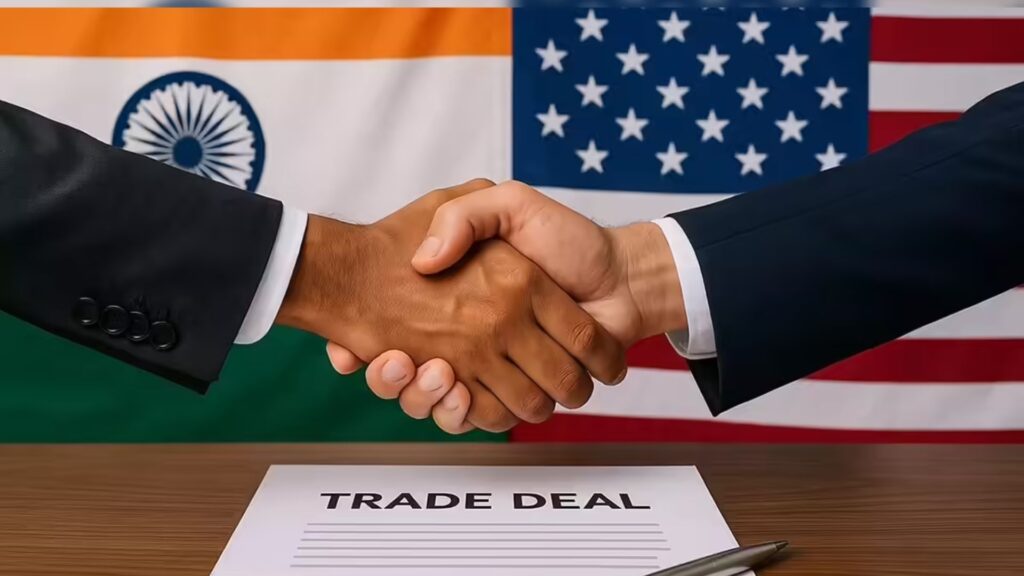
India and the United States have extended their ongoing negotiations for an interim trade agreement, with the Indian delegation—led by Special Secretary in the Department of Commerce Rajesh Agrawal—staying in Washington until June 30. Originally scheduled for just two days, the visit has been extended by three days as both sides work to resolve outstanding issues and finalise a temporary trade pact ahead of the critical July 9 deadline.
This deadline marks the expiration of the 90-day suspension of additional reciprocal tariffs imposed by the US on April 2 during the Donald Trump administration. At the time, the US announced a 26% tariff on Indian goods, which was put on hold temporarily. However, a baseline 10% tariff continues to apply. India is pressing for a complete exemption from the additional 26% levy as part of the deal.
The current round of negotiations follows earlier talks held in New Delhi from June 5 to 11, with further discussions expected to continue in both virtual and physical formats. The interim pact is viewed as a precursor to a broader Bilateral Trade Agreement (BTA), which both nations aim to finalise by fall this year, targeting a significant jump in bilateral trade to $500 billion by 2030—up from $191 billion at present.
Trade discussions have hit hurdles, particularly in the areas of agriculture and dairy. India has traditionally refrained from offering market access in its dairy sector under any of its trade agreements, making this a complex area for compromise. The US is seeking reduced tariffs on industrial products, automobiles including electric vehicles, wines, petrochemicals, and agricultural items such as apples, tree nuts, and genetically modified crops.
Conversely, India is pushing for tariff concessions on a range of labour-intensive exports such as textiles, garments, gems and jewellery, leather goods, plastics, chemicals, shrimp, oil seeds, bananas, and grapes.
Despite the challenges, trade between the two countries continues to show robust growth. India’s merchandise exports to the US rose by 21.78% to $17.25 billion during April–May of this fiscal year, while imports from the US increased by 25.8% to $8.87 billion.
The outcome of the ongoing negotiations will not only determine the near-term trade dynamics between the two countries but could also set the tone for deeper economic engagement in the years ahead.






